By Garance Hacker
Wine is synonymous with culture, lifestyle and pleasure. It complements a dinner or provides comfort at less festive times. Wine lovers around the world gather to celebrate the noble drop at wine festivals. To have a tasting, or simply to enjoy an evening with friends over a glass of wine. In this article, we have selected the best wine regions in Europe to taste wine at the local market. We will also talk about the most popular wine festivals in these regions.
Rheinhessen, Germany
Rheinhessen is Germany’s largest wine region, with over 26,500 hectares of vineyards. Famous for its Riesling wines, as well as for the Silvaner grapes that grow on the mountains along the Rhine. 78% of the wines grown here are white wines. Rheinhessen offers ideal conditions for wine growing: Steep hills on the west bank of the Rhine, many hours of sunshine, low rainfall and exceptional soil.
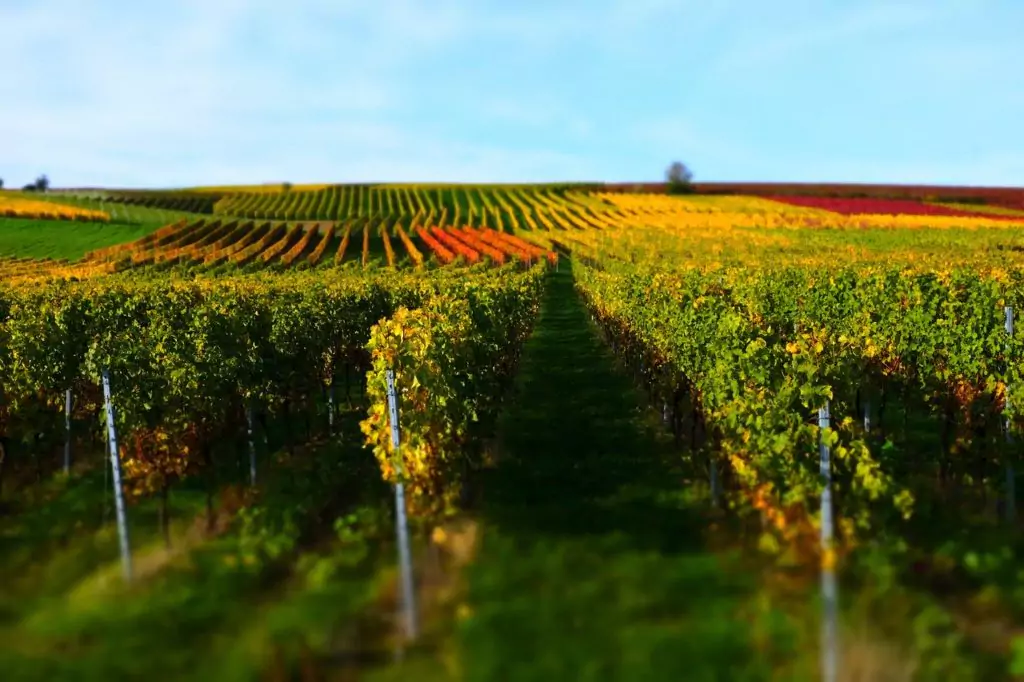
The Rheinhessen region is also superior to all other wine regions in Germany with regard to organic viticulture. There is an ancient tradition of organic viticulture in Rheinhessen. Know-how is being developed and everyone benefits from the transfer of knowledge.
The superior quality of the wines is confirmed by the fact that Rheinhessen has been one of the “Great Wine Capitals” since 2008. This is an international selection of the best wine cities.
Mainz Wine Market
This wine festival takes place in the incomparable atmosphere of Mainz’s city park and offers visitors a wide range of culinary and musical delights every year at the end of August, beginning of September. In addition to wines from the region, international wines from other “Great Wine Capitals” are also offered.
As part of the “Schlenderweinprobe”, you can take a romantic walk through the park and taste different wines at the wine stands. In addition, there is also an all-inclusive package for a wine walk through cities park and wine stands, which will make your visit to Mainz unforgettable.
Kellerweg, Wine Festival in Guntersblum
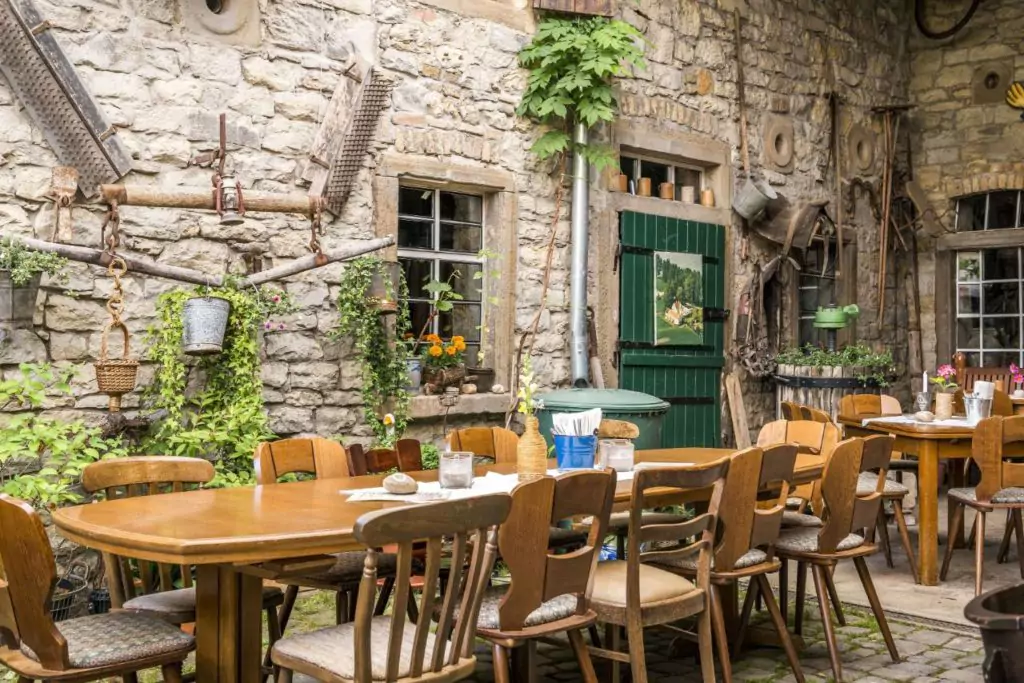
The Kellerweg festival takes place every year on the last two weekends of August. It has become the largest wine festival in the Rhineland. Despite its size, the festival has not lost its family character. The name of the festival comes from the Kellerweg (cellar path), which can be found in the Guntersblumer wine regions. It is about 1000 m long and invites you to linger around more than 35 wine cellars and other stands. In the middle of the path, around the Julianenbrunnen, there is a large area for dancing and sitting around. This is the best place to watch the opening fireworks on the first weekend.
DOCa Rioja, Spain

One of Spain’s world-famous best wine regions in Europe remains La Rioja. It owes its name to a river, the “Río Oja”. The region consists of three different parts: Rioja Alavesa, Rioja Baja and Rioja Alta. Depending on the different regions and the different soil compositions, Rioja wines vary in terms of acidity, alcohol content, lightness and freshness.
Over 61,000 hectares of vineyards are cultivated and about 200 million litres of wine are produced each year. The Tempranillo grape, which gives Rioja elegance and character, grows in the majority of the region. The red varieties Garnacha, Mazuelo and Graciano are also grown here, as well as the white varieties Viura, Malvasia and Garnacha Blanca.
Between the vineyards, strange buildings shine, which are luxury hotels and restaurants. The history of these architectural features is easy to explain. Although Rioja wines are known and appreciated all over the world, very few tourists have come to the region. The buildings were built to attract more visitors to this beautiful area.
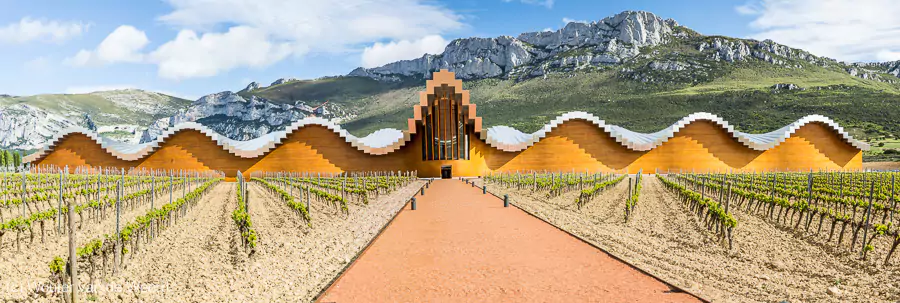
The quality of the wine region is also demonstrated by the fact that its Protected Designation of Origin (Denominación de Origen) is extended to the label “calificada” (qualified).
Wine festivals in the Rioja region: San Mateo Festival
Around the 21 of September, the capital of La Rioja, Logroño, holds an annual week-long festival. With grape stomping, parades through the town, live music, cattle drives and fireworks. The winemakers gather, pour their grapes into a large vat. Two Riojans, dressed in traditional costumes, crush the grapes for the first time of the year to pay homage to the patron saint of Rioja, the Virgen de la Valnavera. The spectacle is accompanied by local celebrities, such as the Queen of Wine, who is elected every year. Some pilgrims get lost on their pilgrimage to the discreet metropolis.
Bordeaux, France
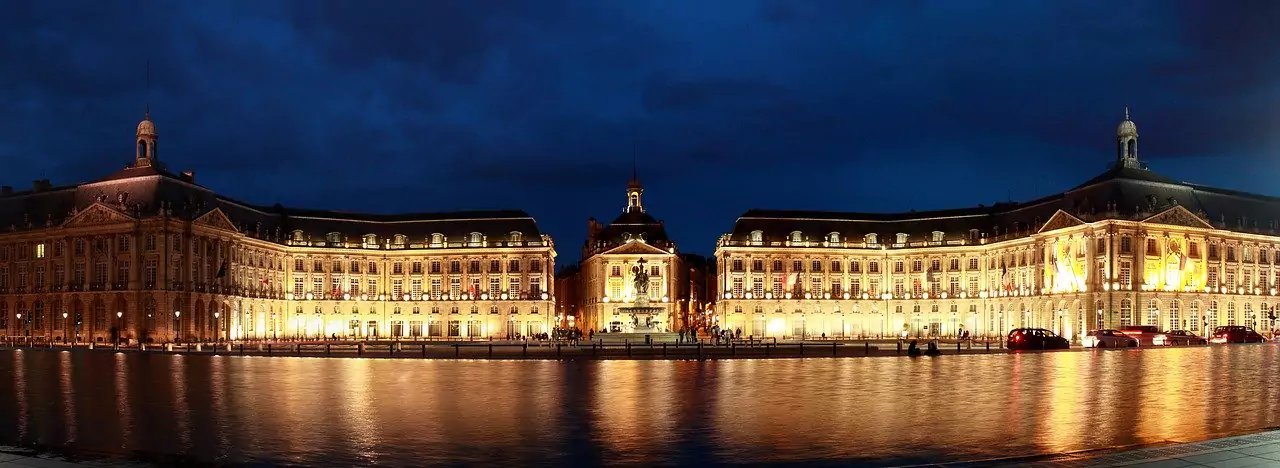
The UNESCO award-winning port city of Bordeaux in southwest France is one of the most famous wine regions in the world. The Bordeaux vineyard covers 115,100 hectares and the annual wine production is about 860 million bottles, 89% of which are red and 11% white. Red wines are generally a blend of grapes and can be made from Cabernet Sauvignon, Merlot, Cabernet Franc, Petit Verdot, Malbec and more rarely in recent years, Carménère. White Bordeaux is made from Sauvignon Blanc, Semillon and Muscadelle.
The wines all have their own particular character, which is expressed in a balance between concentration and strength on the one hand, and finesse and elegance on the other. In addition to the mild climate and the variety of soils, this particularity of the wines is mainly due to human intervention: the art of “blending”. The process of ‘blending’, in which different types of wine are mixed before bottling, and the experimental combination of grape varieties with different soils, allows the qualities of the wine to be exalted to produce a rich and harmonious wine. Connoisseurs are not the only ones to associate the term “Bordeaux” with particularly expressive, rich and full-bodied wines.
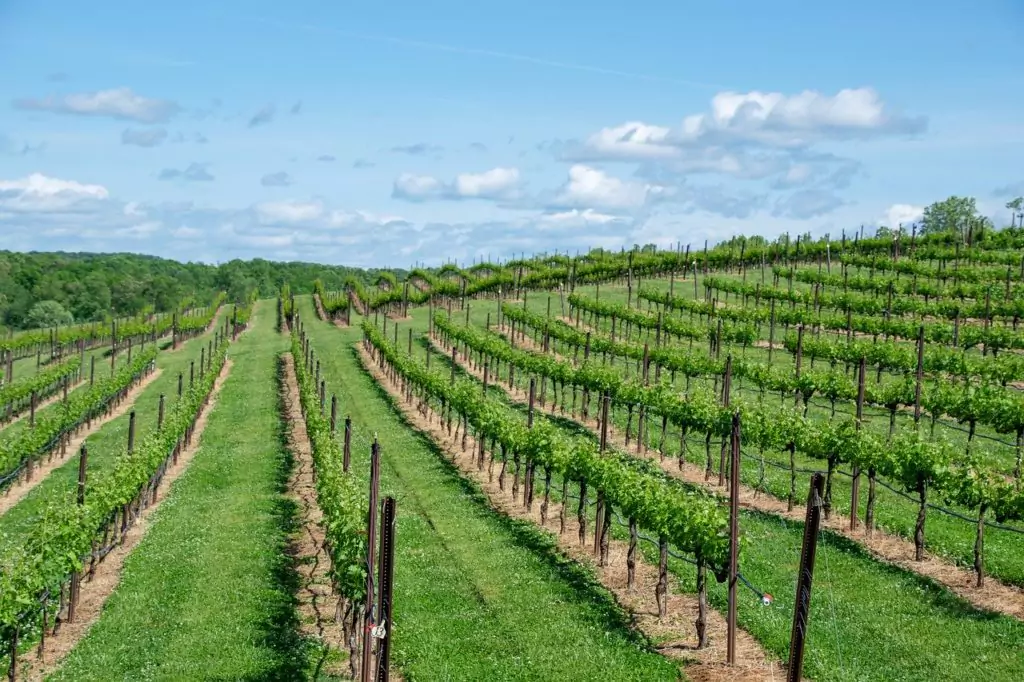
Bordeaux Fête le Vin
Every two years, wine lovers in Bordeaux can enjoy the pleasure of wine to the fullest. The wine festival was first organised in 1998. It was founded to promote the transformation of the city into a metropolis. The “wine route on the quays of the Garonne” runs for two kilometres through the old town. Visitors can taste regional food and wine in food trucks, bistros and wine stands. Visitors can also participate in various wine workshops.
As wine is synonymous with gastronomy, don’t hesitate to read this blog on the famous culinary journey that France offers us.
Lausanne, Switzerland
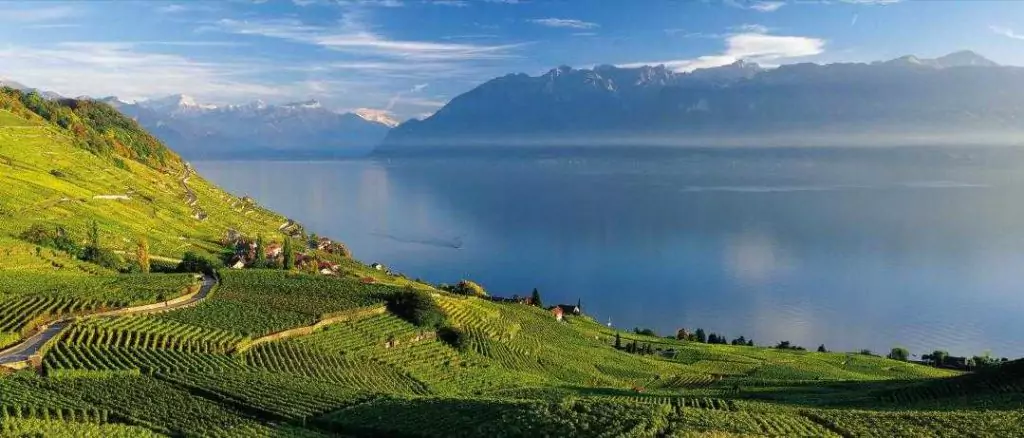
Source: Lausanne Tourism
Lausanne is located in the French-speaking Switzerland, facing the Alps, on the shores of Lake Geneva, and is surrounded by nature and vineyards. The city, often referred to as the “Olympic capital”, is home to the International Olympic Committee, as well as many international sporting institutions. The city is very attractive for sports enthusiasts, but also for gourmets. Some of the world’s best chefs have set up their shops here and offer wines from the local wine regions.
The most famous vineyard is probably Lavaux, an UNESCO World Heritage Site. Most of the vineyard terraces are covered with Chasselas, a full-bodied white wine, but also Pinot Noir and Gamay. Well-developed hiking trails lead through the vineyard terraces. You can get a glimpse of the vineyards terraced by the monks. For example, take a guided tour of Alain Chollet’s cellar in Daley, a typical family business in the region.
Wine festival in Switzerland: Fête des Vendanges
Vevey, 20 km from Lausanne, is the site of the world’s largest wine festival held every 20 years! For three weeks, the Fête des Vendanges transforms the small town of 20,000 inhabitants into a colourful spectacle. Wine stalls, parades, culinary delights and a great stage show will be presented every day. The festival arena has a capacity of 16,000 spectators, and renowned musicians and writers perform there. The last festival took place in 2019, come and see the show and convince yourself of its greatness:
Limburg, Netherlands
The Netherlands may not be the first country that comes to mind when it comes to the best wine regions in Europe. Nevertheless, in the southern province of Limburg, you will find a remarkable selection of wineries producing a wide variety of wines.
Some 30 winegrowers fill more than 1,000 bottles each per year. The vineyards of Maastricht adorn the hillsides near the city are among the oldest in Holland, built in Roman times. Because the climate in the Netherlands is too cool, you won’t find traditional grape varieties like Merlot or Cabernet, but grapes that better stand the test of time, like Pinot Blanc, Riesling, Chardonnay and Müller-Thurgau. But also more recent grape varieties are represented here: Regent, Cabernet Cantor, Pinotin, Riesel and Cabernet Blanc. Due to the geographical location and as as the climate is not warm and dry enough for red wines, dry white wines are mainly produced in the Netherlands.
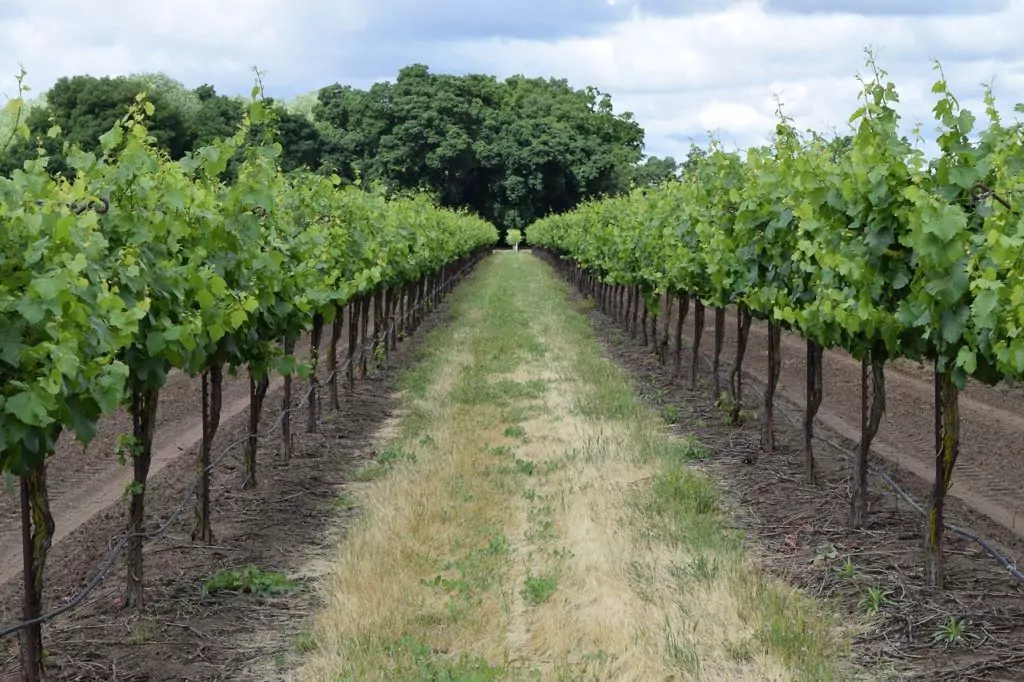
There is even a real wine village in the region: Wahlwiller or “Wine village”. This village even has a wine queen.
Get to the best wine regions in Europe with Fly Aeolus
The best wine regions in Europe are located outside of major cities and are mostly some distance from major airports. Fly Aeolus brings you closer to your destination as we can also fly to smaller airports with our Cirrus SR 22 aircraft. Feel free to check out the 1600 destinations Fly Aeolus serves in Europe. For more information, you can consult our frequently asked questions (FAQ). You can also calculate the prices of potential flights.
If you have any questions or require further information, please do not hesitate to contact us by e-mail at info@flyaeolus.com or by phone at +32 (0)3 500 9082.